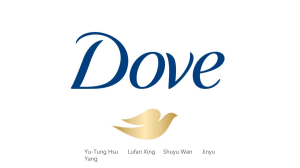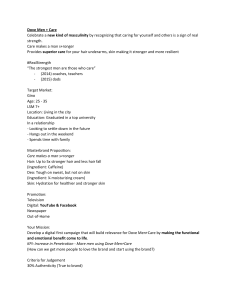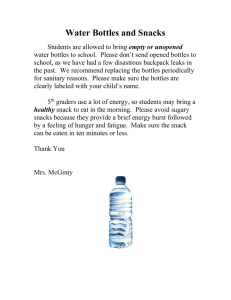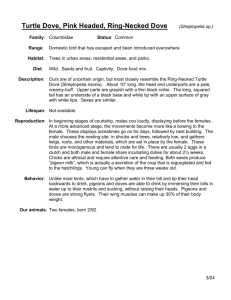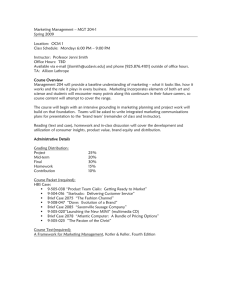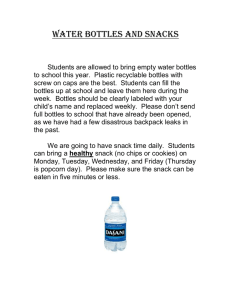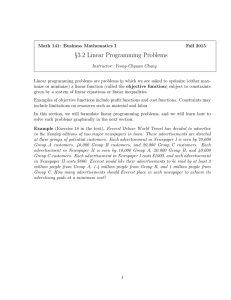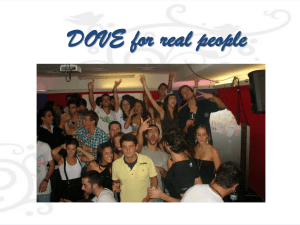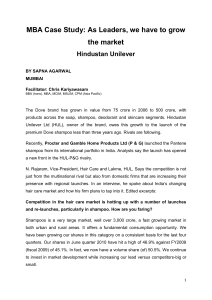product line extension
advertisement
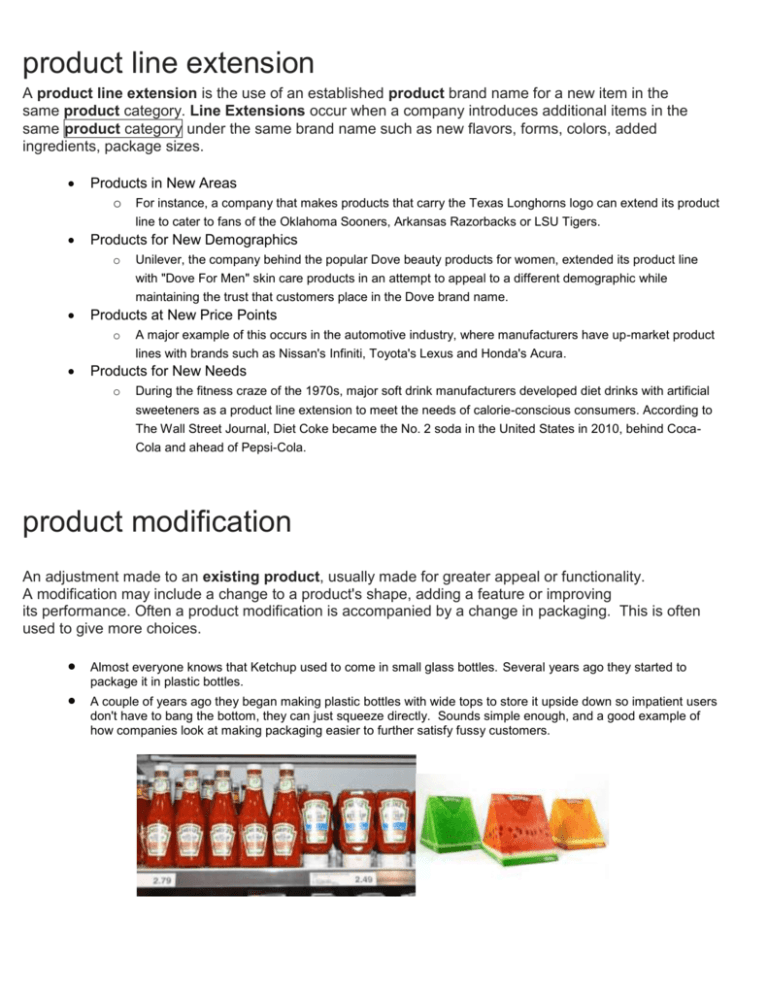
product line extension A product line extension is the use of an established product brand name for a new item in the same product category. Line Extensions occur when a company introduces additional items in the same product category under the same brand name such as new flavors, forms, colors, added ingredients, package sizes. Products in New Areas o For instance, a company that makes products that carry the Texas Longhorns logo can extend its product Products for New Demographics line to cater to fans of the Oklahoma Sooners, Arkansas Razorbacks or LSU Tigers. o Unilever, the company behind the popular Dove beauty products for women, extended its product line with "Dove For Men" skin care products in an attempt to appeal to a different demographic while maintaining the trust that customers place in the Dove brand name. Products at New Price Points o A major example of this occurs in the automotive industry, where manufacturers have up-market product lines with brands such as Nissan's Infiniti, Toyota's Lexus and Honda's Acura. Products for New Needs o During the fitness craze of the 1970s, major soft drink manufacturers developed diet drinks with artificial sweeteners as a product line extension to meet the needs of calorie-conscious consumers. According to The Wall Street Journal, Diet Coke became the No. 2 soda in the United States in 2010, behind CocaCola and ahead of Pepsi-Cola. product modification An adjustment made to an existing product, usually made for greater appeal or functionality. A modification may include a change to a product's shape, adding a feature or improving its performance. Often a product modification is accompanied by a change in packaging. This is often used to give more choices. Almost everyone knows that Ketchup used to come in small glass bottles. Several years ago they started to package it in plastic bottles. A couple of years ago they began making plastic bottles with wide tops to store it upside down so impatient users don't have to bang the bottom, they can just squeeze directly. Sounds simple enough, and a good example of how companies look at making packaging easier to further satisfy fussy customers.
